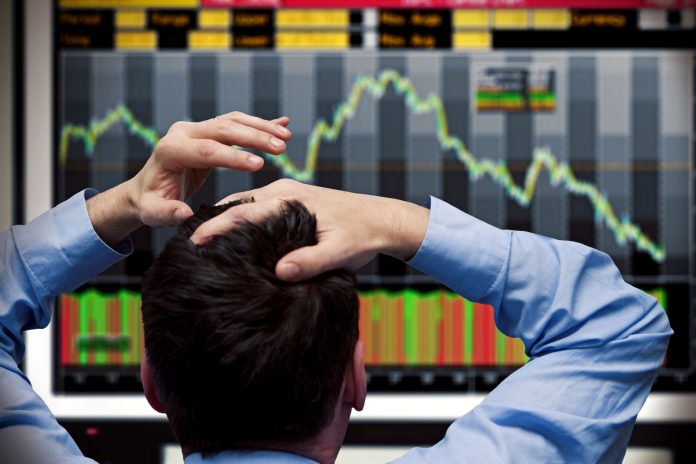The market might be up today, but that doesn’t change the fact that slowed economic growth and an inverted yield curve have plenty of investors shaking in their proverbial boots. Worried about a recession, bulls have become highly aware of the news cycle, waiting for something to rescue equities and prolong 2019’s rally.
As of the last few hours, trade war optimism has served as this morning’s “knight in shining armor”. Investors seemed encouraged pre-market after statements from U.S. Officials indicated that progress was being made in the ongoing discussions between Washington and Beijing.
Sounds great, right?
It’s almost enough to convince people that the fear of a recession is overblown.
Sadly, though, things aren’t that simple, and based on the market’s price action of the last week, many analysts now believe that the “top” has already been reached for the year.
Take Capital Economics market economist Oliver Jones, for example, who has grown highly concerned about the inverted yield curve. Over the last few days, several financial publications made the observation that the last time the yield curve inverted, the market ran up to its 2007 highs (at that time, all-time-highs).
We all know what happened in 2008 (a financial crisis), but the experts who pointed out 2007’s market surge were trying to say that we might actually have a big year ahead of us.
According to Jones, though, that kind of performance following a yield curve inversion is by no means a “rule” of investing. In fact, he argues that it’s a bit of an anomaly, and a new slew of economic data supports his claim that a move in the opposite direction is more likely:
“We already see evidence of payroll growth slowing, retail sales beginning to weaken and less U.S. demand for imports, at the same time that we’re seeing signs of a corporate earnings slowdown.”
In other words, this kind of stuff wasn’t happening back in 2006-2007 when the yield curve inverted, preceding a major rise (and subsequent fall) in equities.
For those of you keeping score at home, an inverted yield curve is simply a situation where short-term interest rates sit at or above long-term rates. When this happens, it typically means that investors have more confidence in short-term growth than long-term prosperity, and often precedes a recession.
In fact, the last seven times the yield curve inverted (including 2006-2007), the market peaked right before the economy entered a recession – spanning a period from 1969-2007.
So, while equities could continue to rise short-term, there is overwhelming precedent that suggests a significant downturn is on the horizon. It might not be coming next week, or even a month from now, but at this point, it seems likely that it could eventually happen.
Will investors be ready for it? Probably not (they never are), and once the selling begins, it could be truly surprising to most bulls.
Now, I’m not trying to be a doomsayer here, nor a “chicken little” telling everyone that the sky is falling.
But I think it’s pragmatic to prepare for the worst based on some of the recent economic indicators, and it’s certainly inappropriate to be celebrating the arrival of an inverted yield curve – something many otherwise reputable analyst are starting to do.







